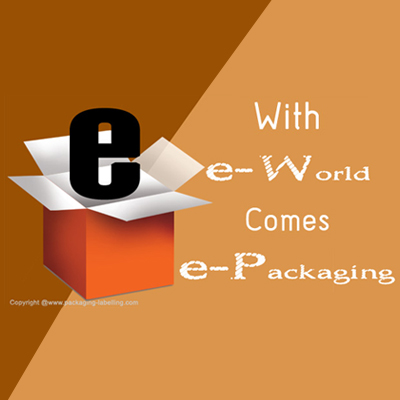The Future of Smart Packaging: Bridging the Gap with IoT Integration and Enhanced Consumer Engagement

Introduction:
Smart packaging, once a futuristic concept, is rapidly becoming a reality in today's technologically driven world. With the integration of Internet of Things (IoT) technology, packaging is evolving beyond its traditional role of containing and protecting products. This transformative shift is not just about wrapping goods; it's about creating a dynamic, interactive experience for consumers. In this exploration, we'll delve into the exciting realm of smart packaging, examining how IoT integration is reshaping the landscape and enhancing consumer engagement.
1. Understanding Smart Packaging:
Smart packaging refers to the incorporation of technology into traditional packaging to provide additional functionalities beyond the basic containment of products. This innovation leverages IoT, embedding sensors, microprocessors, and connectivity features to enable a two-way communication channel between the product and the consumer.
2. The Role of IoT in Smart Packaging:
IoT serves as the backbone of smart packaging, enabling seamless communication and data exchange. Small, low-cost sensors are integrated into packaging materials, allowing products to transmit information in real time. This connectivity empowers both consumers and manufacturers with valuable insights, fostering a more transparent and efficient supply chain.
3. Enhanced Traceability and Transparency:
One of the significant advantages of smart packaging is its ability to enhance traceability and transparency throughout the supply chain. Consumers can now trace the journey of a product from its origin to their hands by simply scanning the package. This not only builds trust but also provides valuable information about the product's sourcing, manufacturing processes, and authenticity.
4. Ensuring Product Quality in Real-Time:
Smart packaging, enhanced by IoT sensors, facilitates continuous monitoring of critical parameters like temperature, humidity, and pressure. This capability is especially vital for products with precise storage needs, such as pharmaceuticals or perishable items. By leveraging this technology, manufacturers can guarantee the constant monitoring of product conditions, ensuring quality and safety are maintained at optimal levels throughout the entire distribution process.
5. Interactive Consumer Experiences:
Smart packaging transforms the consumer experience from a passive one to an interactive journey. Through the use of augmented reality (AR) or quick response (QR) codes, consumers can access additional information, product tutorials, or even personalized messages from brands. This not only engages consumers but also provides a platform for brands to strengthen their connection with their audience.
6. Personalized Marketing and Loyalty Programs:
IoT-enabled smart packaging opens the door for personalized marketing strategies. Brands can gather data on consumer preferences and behavior, tailoring promotions, discounts, and loyalty programs to individual needs. This level of personalization not only enhances the consumer experience but also fosters brand loyalty.
7. Promoting Environmental Responsibility:
Smart packaging goes beyond technological innovation; it actively tackles environmental issues. By harnessing IoT capabilities, packaging materials can be optimized, waste reduced, and recycling processes improved. Brands can resonate with environmentally conscious consumers and play a role in fostering a greener future by integrating sustainability into their smart packaging solutions.
8. Challenges and Considerations:
While the outlook for smart packaging holds great promise, some hurdles must be addressed. Privacy concerns, data security, and the potential environmental impact of electronic components within packaging are pivotal issues requiring thoughtful consideration. Achieving a harmonious balance between innovation and responsibility is paramount for ensuring the widespread acceptance of smart packaging solutions.
Conclusion:
In summary, the infusion of IoT technology into packaging is transforming the landscape of smart packaging. Going beyond its traditional role of containment, packaging is evolving into a dynamic interface for engaging consumers and exchanging information. From improved traceability and real-time monitoring to interactive consumer experiences and personalized marketing, smart packaging is on the brink of reshaping our perceptions and interactions with products. Navigating this evolving terrain requires a responsible approach to address challenges, ensuring that innovation aligns with ethical and sustainable practices. The future of smart packaging is not merely intelligent; it signifies a symbiotic relationship between technology, consumers, and the environment, paving the way for a more connected an informed future.









